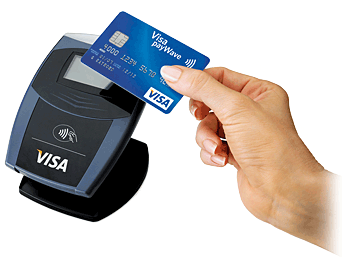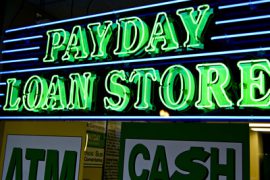One of the biggest recent innovations in retail payments might have a few holes for consumers. Contactless payment cards, which use new technology called ‘near field communication’ to authorize payments remotely, have reportedly double charged consumers for a variety of retail purchases.
Retail chain Marks and Spencer is the UK’s largest user of contactless payment terminals, with over 644 installations across its UK stores. For the most part, it has seen great results from the terminals, with almost 250,000 retail payments made every week using the new technology.
However, the technology also appears to be producing some unwanted glitches for shoppers. Marks and Spencer has reported five complaints from contactless card users that claim the technology double charged them – requesting payment from both the contactless card and the standard card used at the checkout.
Contactless card readers are designed to only charge cards that come within two inches of the machine. This technology aims to prevent unauthorized charges to consumer cards. However, many consumers have reported charges coming from cards that were located as far as eleven inches from the checkout card reader.
M&S, and the various other retailers that use contactless cards at their checkout, are working with consumers affected by card reader glitches. The customers that have complained about the technology have been refunded for the extra charges, and M&S has noted the most customers are happy about the new technology.
The contactless system is currently designed to limit transactions to a maximum of £20, possibly to prevent misreading issues from occurring. However, it seems like this technology, which is undoubtedly designed for convenience, may end up producing some serious headaches for consumers before it becomes standard.




